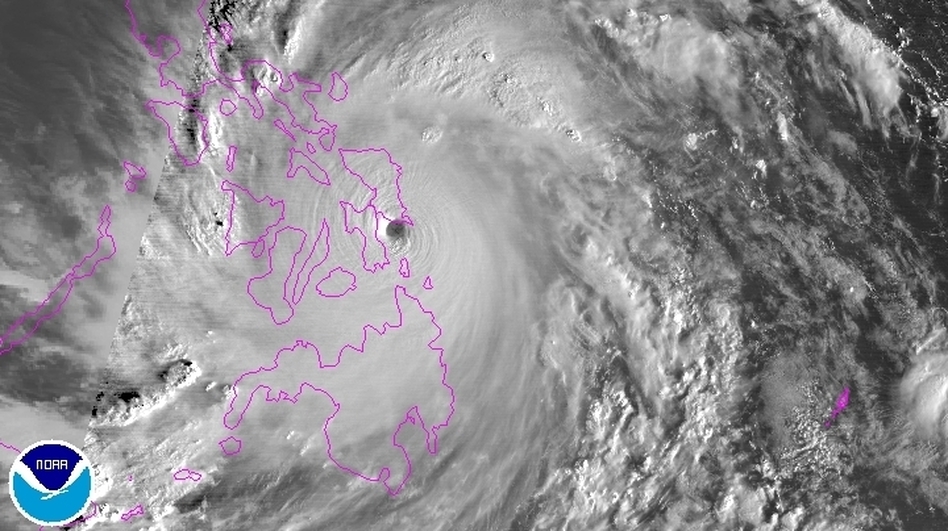Philippines: Typhoon Hub of Asia

The Philippines ranks second in the world as the most typhoon-hit country next to Vanuatu. And every time a hit is felt, the country grapples back on its feet, rising from the ruins and recovering back to normalcy which is easier said than done.
On average, the Philippines experiences 20 typhoons yearly, making it the most disaster-prone country in Asia. These are all attributed to its location in the equatorial belt and where it is situated west of the Pacific Ocean.
Typhoons form when warm water in the ocean is consistently heated at 26.5°C and above, causing the water to vaporize at a fast rate with the help of low altitude that allows the water vapor to rise fast, bringing with it large amounts of moisture that when it reaches the troposphere, the water vapor condenses forming clouds to as high as 10km. As the cycle of warm water vapor and low-altitude winds is replaced by new winds rising to carry large amounts of moisture, a tropical storm is formed. With the movement of the earth around its axis and the sun, a Coriolis effect occurs, making the thunderstorm spin turning it into a tropical cyclone, moving along the earth’s air currents, and damaging anything in its path.
The Philippines happens to be geographically located at the equator with the vast warm waters of the Pacific Ocean and high levels of humidity; cyclones or typhoons are formed in the eastern part of the Philippine waters moving west, destroying crops, infrastructures, and lives along its path following air currents of the earth going west with the strongest recorded tropical cyclone Haiyan or locally known as Yolanda to have ever caused significant damage to the Philippines. With an average of 20 typhoons yearly, or a third of cyclones globally, the Philippines is the most disaster-prone country in Asia.
